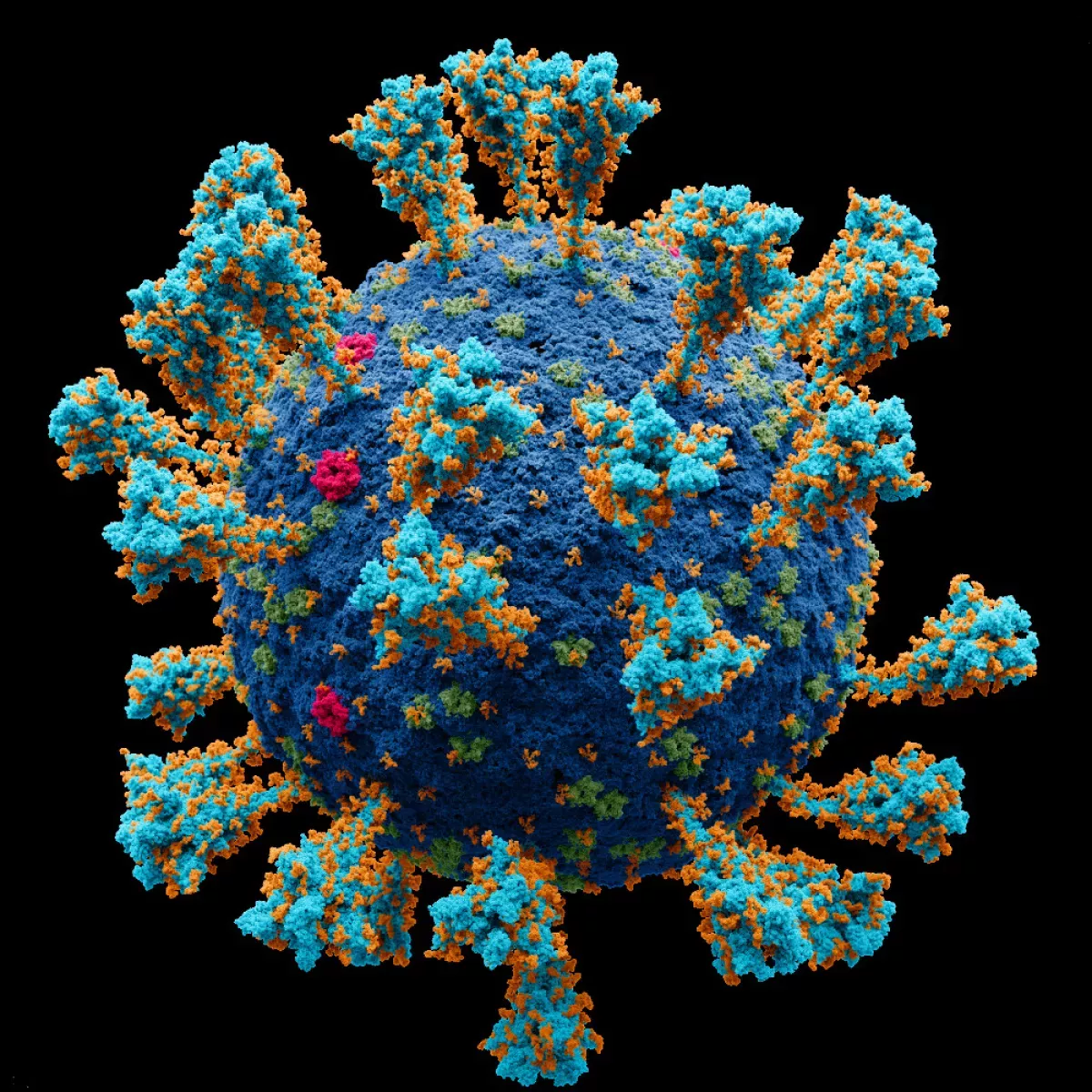Coronaviruses are a family of RNA viruses affecting mammals and birds. In humans, they primarily cause respiratory infections, ranging from mild colds to severe diseases like SARS, MERS, and COVID-19. Other animals experience different symptoms; cows and pigs get diarrhea, while mice can develop hepatitis and encephalomyelitis. The severity and specific symptoms vary significantly depending on the virus strain and the host species.
Mentioned in this timeline
Saudi Arabia officially the Kingdom of Saudi Arabia KSA is...
China officially the People's Republic of China PRC is an...
Korea is a peninsular region in East Asia comprised of...

The World Health Organization WHO is a specialized agency of...
France officially the French Republic is primarily located in Western...

Chicago is the most populous city in Illinois and the...
Trending
6 months ago Indian Regulator Bars Jane Street From Securities Market, Orders Disgorgement of ?4,844 Crore.

13 days ago Nick Saban and Lane Kiffin's Debate: Kiffin's LSU Move and Economic Impact

8 months ago Steve Kerr Addresses Jonathan Kuminga's Fit Within the Warriors After OT Loss.
7 months ago Trump Announces US to Remove Sanctions on Syria During Middle East Tour

7 months ago Brad Keselowski aims for Coca-Cola 600 victory, declaring a 'greedy' approach for success.
20 days ago Marty Supreme, Avatar, and Timothée Chalamet among December's most anticipated movie releases.
Popular

Candace Owens is an American conservative political commentator and author...

Tucker Carlson is an American conservative political commentator known for...

XXXTentacion born Jahseh Dwayne Ricardo Onfroy was a controversial yet...

Ilhan Omar is an American politician currently serving as the...

Kashyap Pramod Patel is an American lawyer who became the...

Bill Gates an American businessman and philanthropist revolutionized personal computing...
